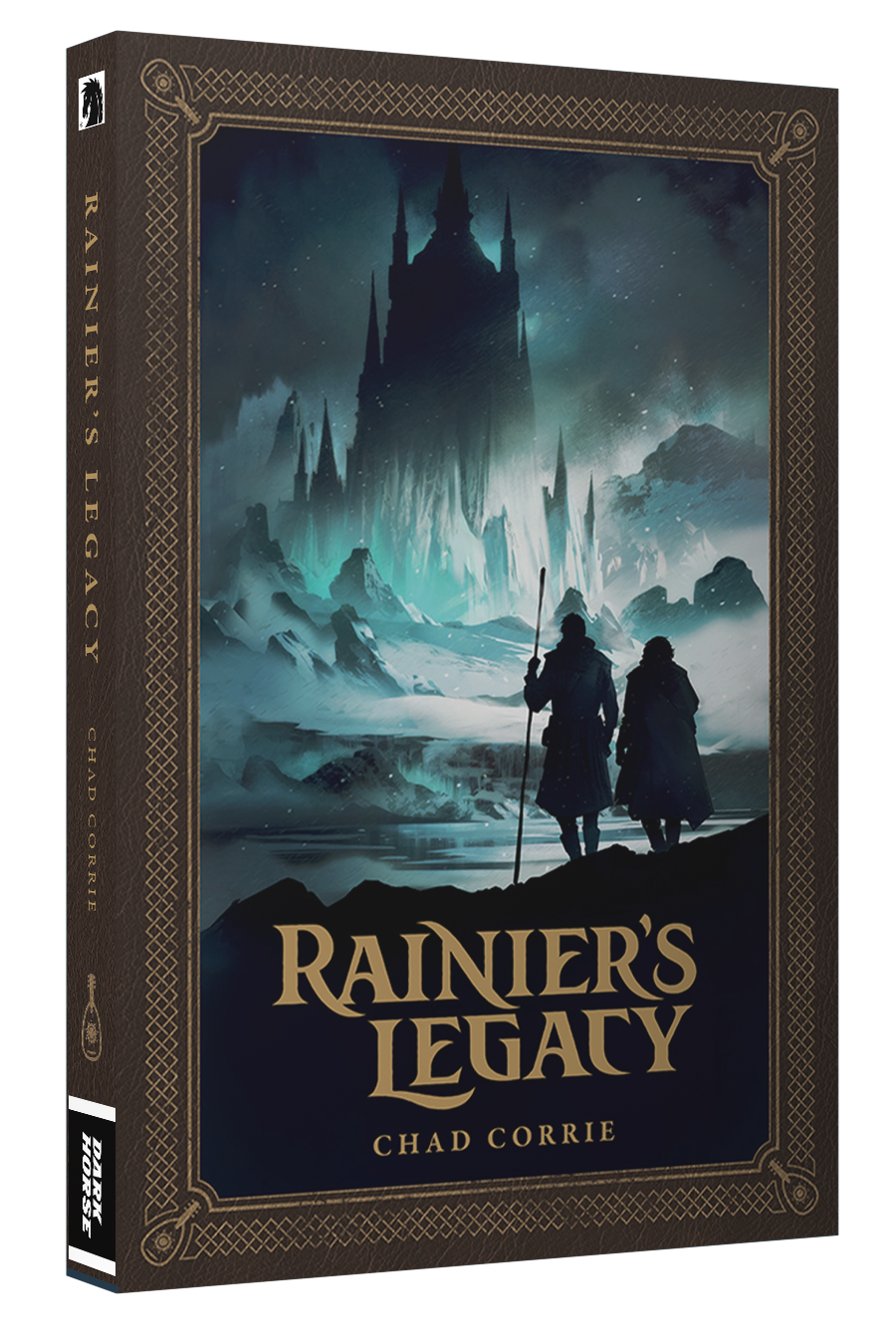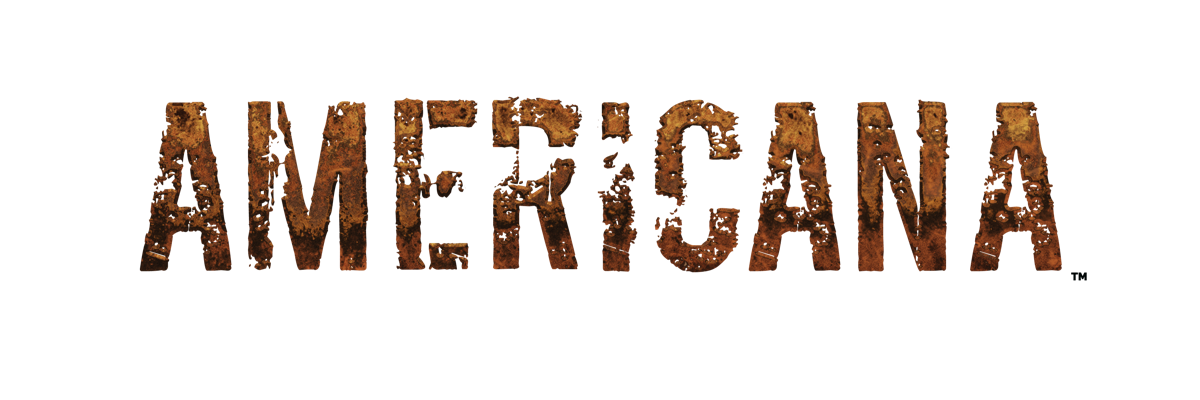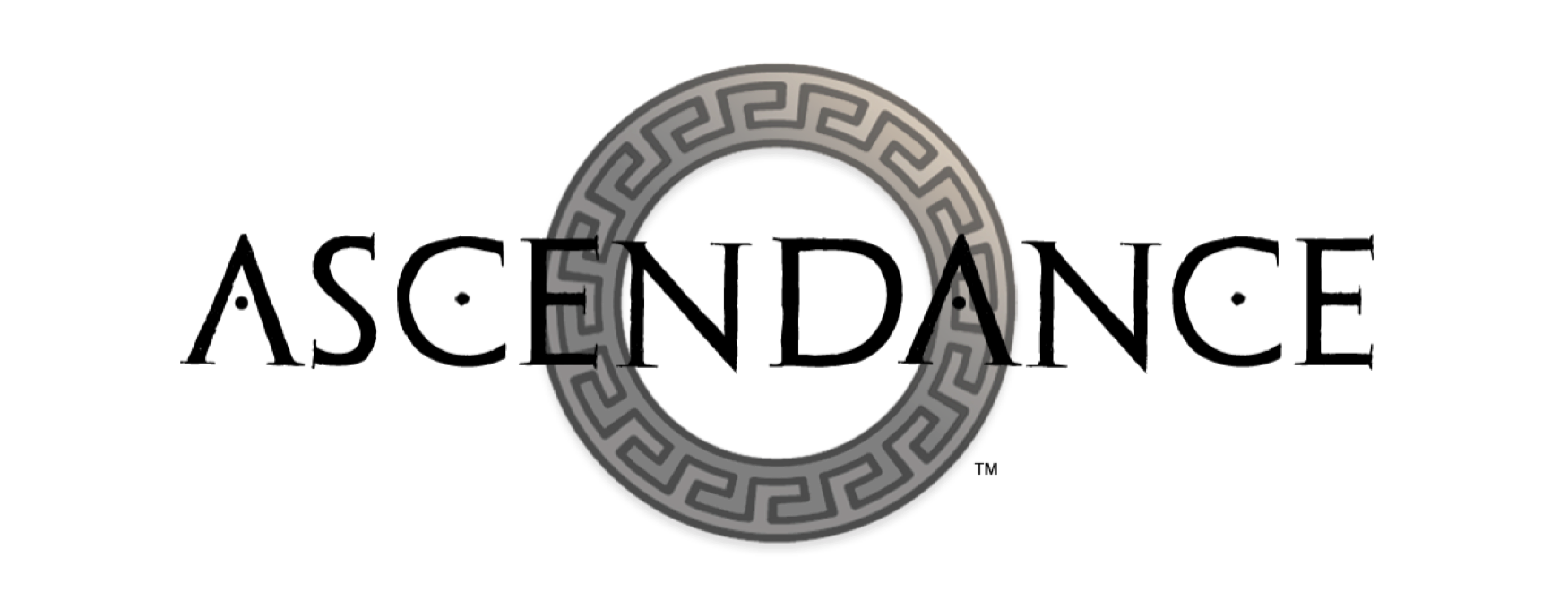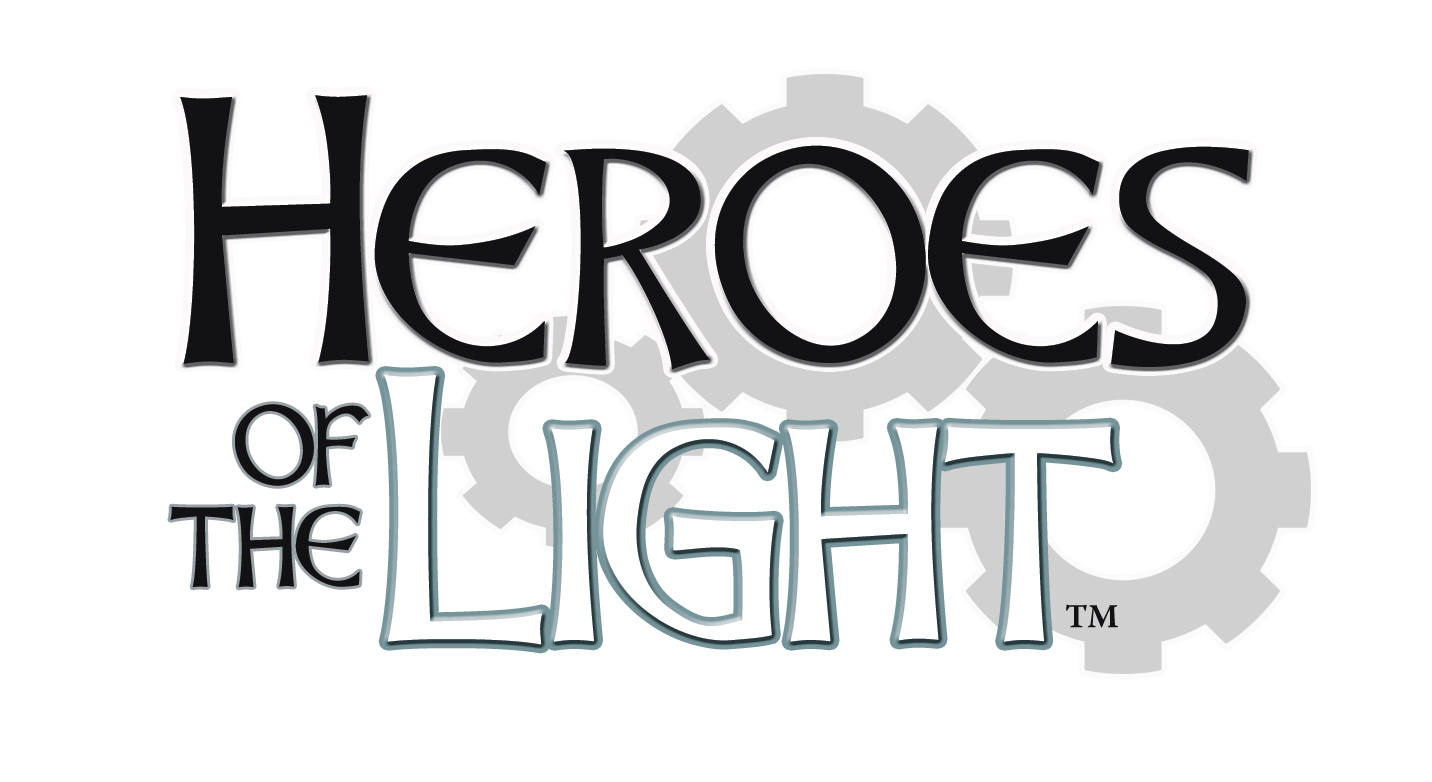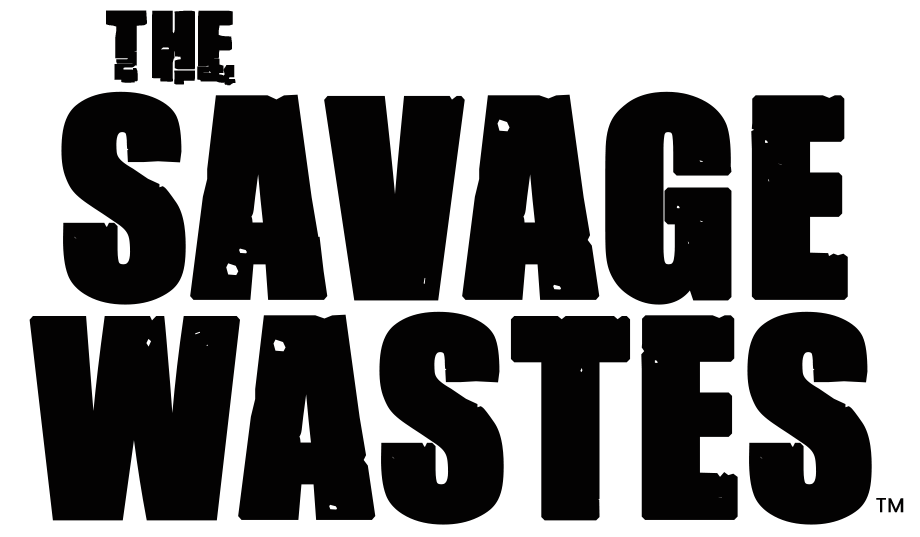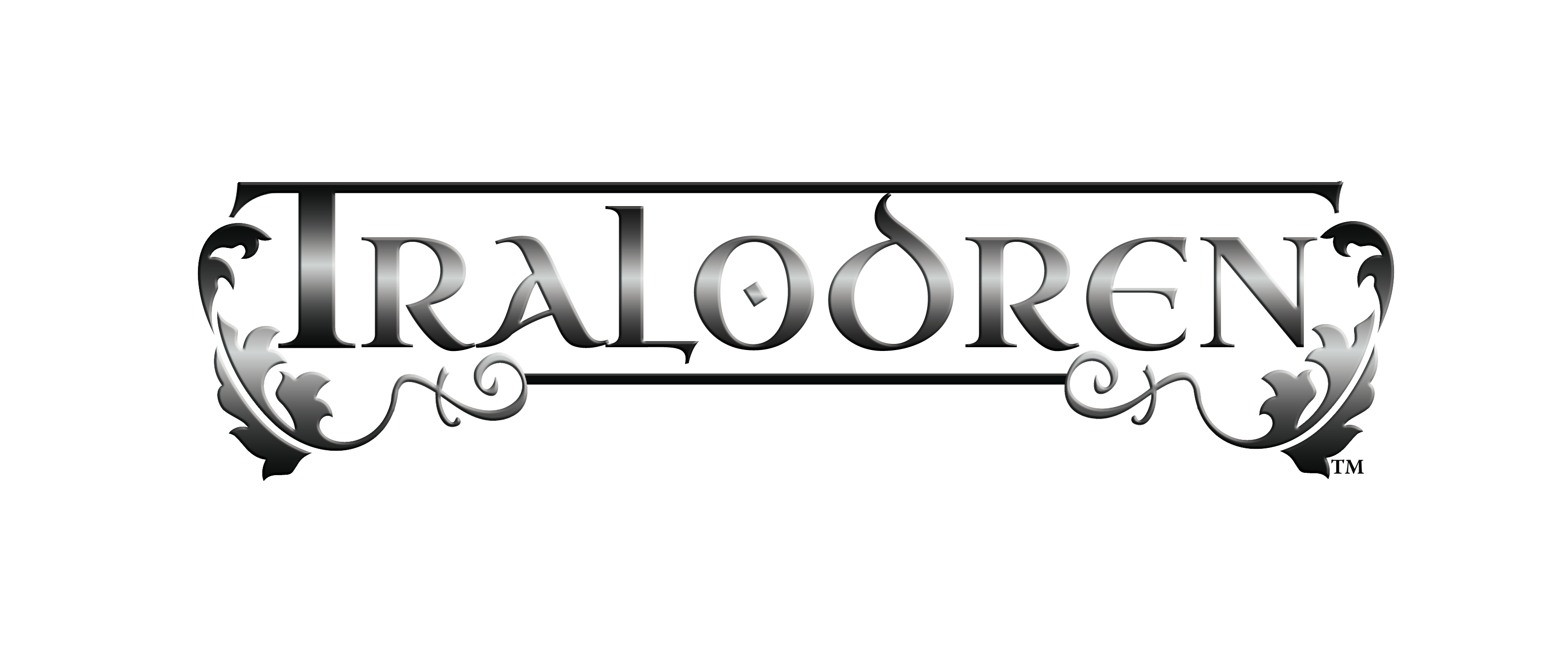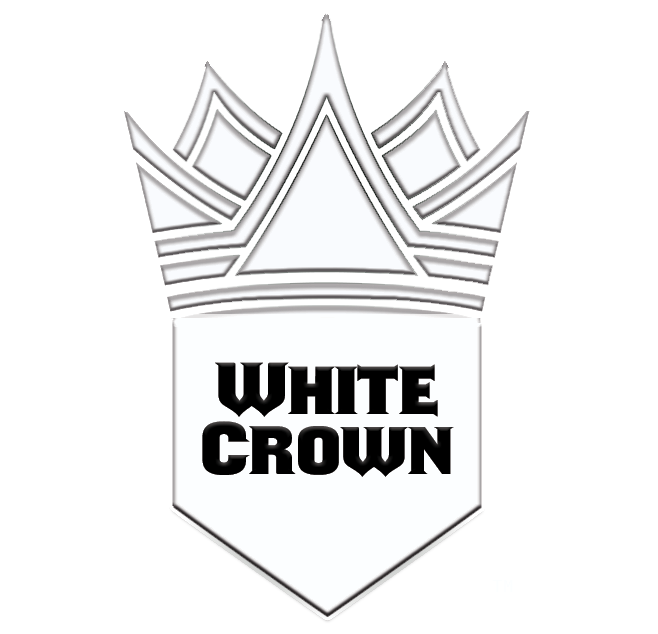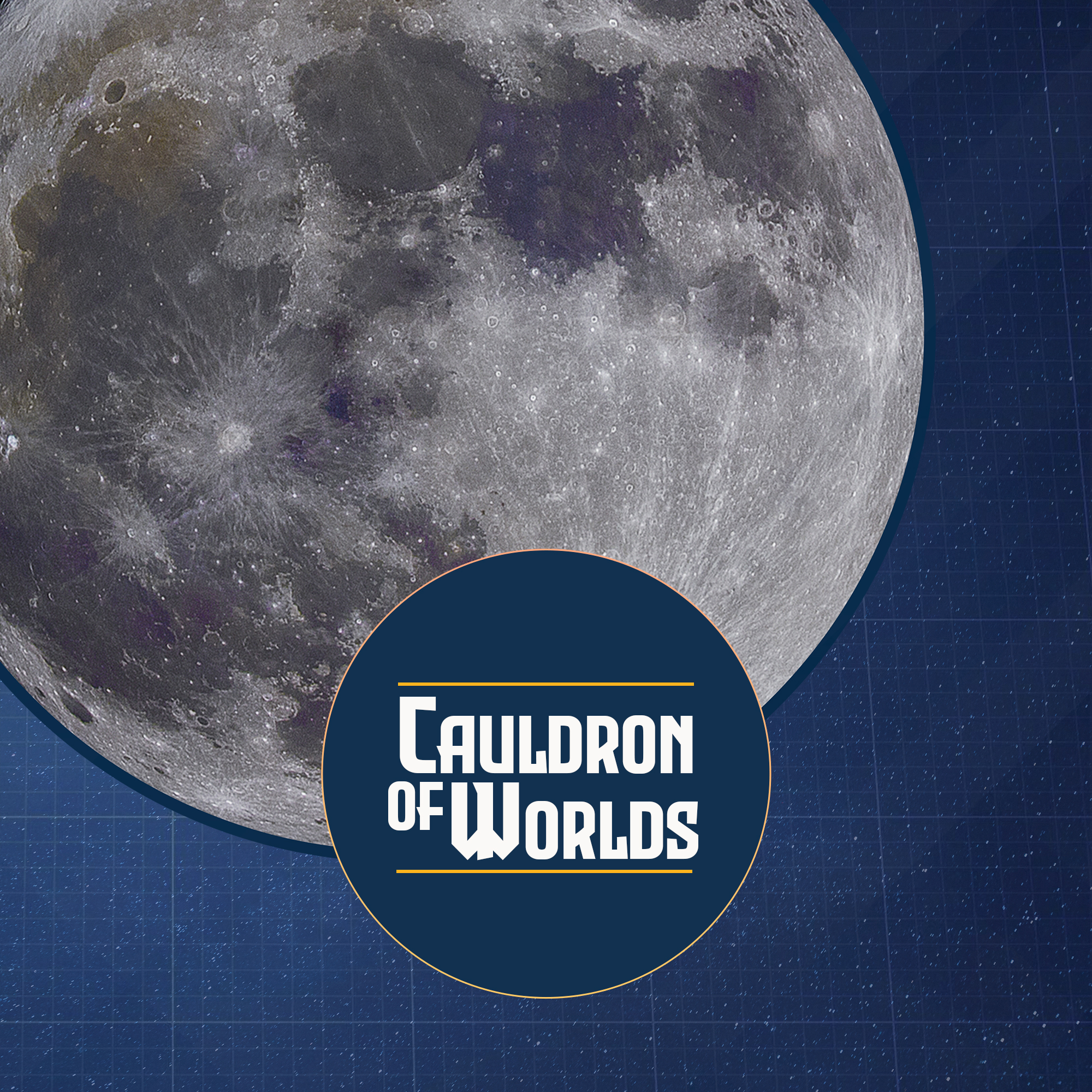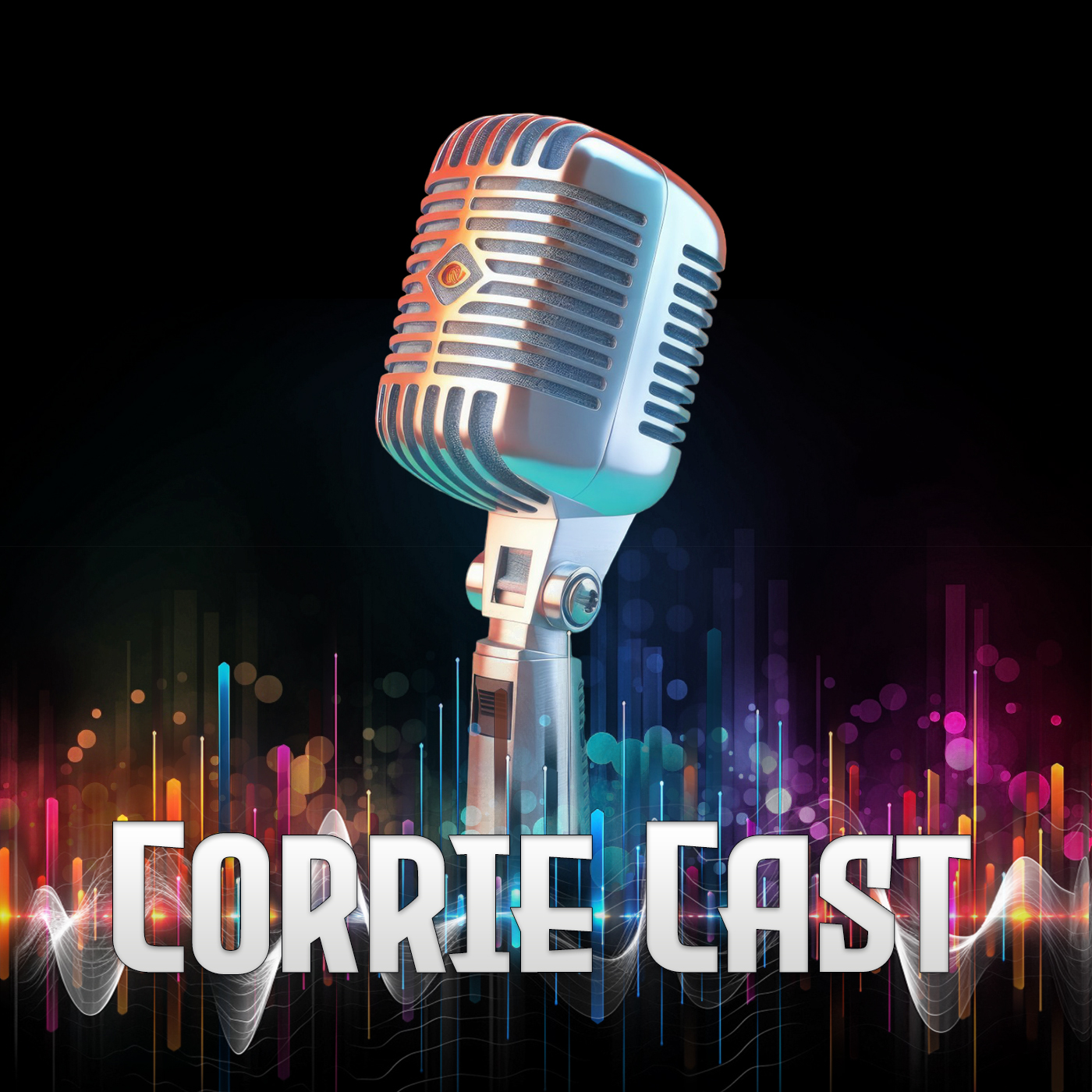GRAPHIC NOVELS
LAYOUT AND PRINTING
THE WRITER’S DESK © Chad Corrie
Well this is it, the final essay in the graphic novel series. We’ve covered the whole process in a passing overview and now have come to the final part: layout and publication. This will probably be a simple and short piece as there isn’t really a whole lot of basic information that needs putting forth.
In general, by the time you get to this point, you’re going to have finished pages for your graphic novel. Now these finished pages are going to have to be scanned into a computer and from there a program (most likely Adobe Indesign) is going to take the individual layers or the whole finished page and make it one page in a book. The book is just a combination of all the other individual pages (I know I’m being overly simple in this explanation but I’m just giving an overview). That book then is made into either a PDF or some other format your printer wishes to use for their process.
Now, how does one print? I ask this as there are many ways this can be done. For instance, you might want to self-publish and just go to your own printer or even Office Max or some other store to have them print and bind your work. You might want to send it to a traditional publisher and have them print up copies or you might want to go down the digital route.
Just as there are many options to choose from I’m not going to tell you which is right for you nor am I going to get too deep into the process to get them into that format. A simple internet search will point you to places that can walk you through the steps a lot better than I can with this essay. But just because you have a finished comic book/graphic novel doesn’t mean it’s going to instantly get into the hands of readers. That’s the work of marketing and advertising. And part of that comes down to what you want to do with your work, how you plan to get it made, and what it is actually about.
For example, if you had a digital only version of your graphic novel than you might not be so keen on doing book signings. You could hit the blog, social media, and podcast circuit with it but it wouldn’t be stocked in stores in the traditional sense so your presence there might not be the best option. Going to conventions is a great way to get word of mouth going, especially if you’re self-publishing. Local comic shops and indie book shops could help there too, but again it all depends on those goals and categories for your work.
One big place you can look is Diamond Comics. They are one the largest distributor of comics in North America (at least when it comes to actual comic shops along with some book stores and chains). You can look at getting carried by them and they can put your book before people to purchase. There is no guarantee that it will be picked up or even sell well when/if it is picked up, but it’s something to look at as you fine tune your overall goals and plans moving forward. And there are other distibtutors besides Diamond Comics too, which you can find via an internet search, each having their own unique niche and preference for taking on titles and publishers/creators they with whom they’d like to work.
And with that, I’ll wrap up this series. However, it’s always a good idea to keep a working understanding of the market. It will help your planning and keep you alert of just where your work fits. And don’t forget to have fun along the way. The longer you can enjoy what you’re doing the better for everyone involved.
